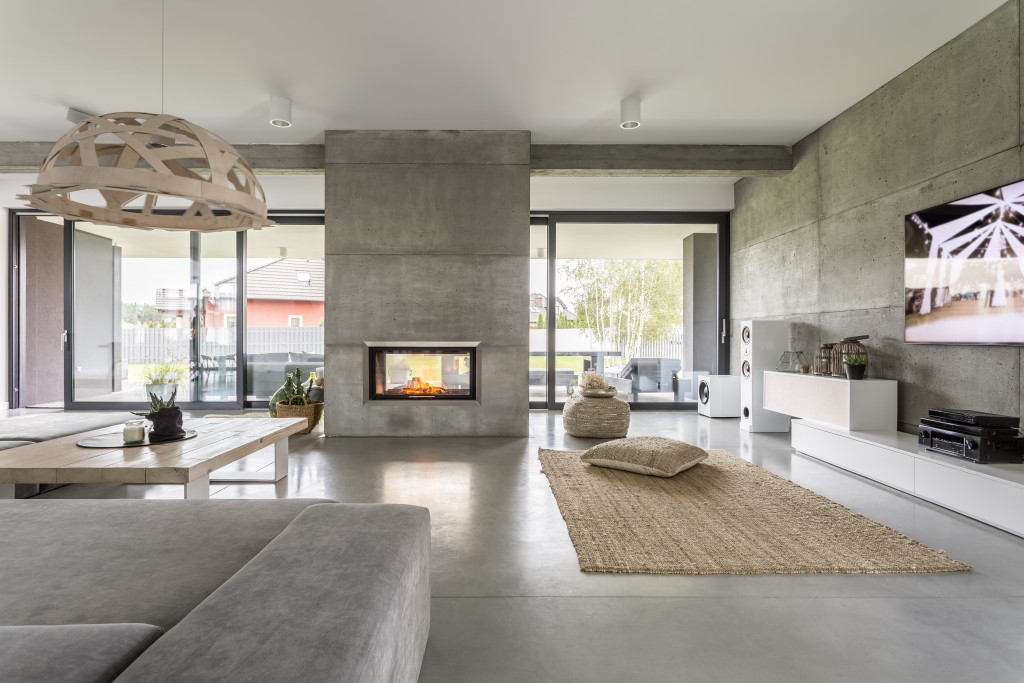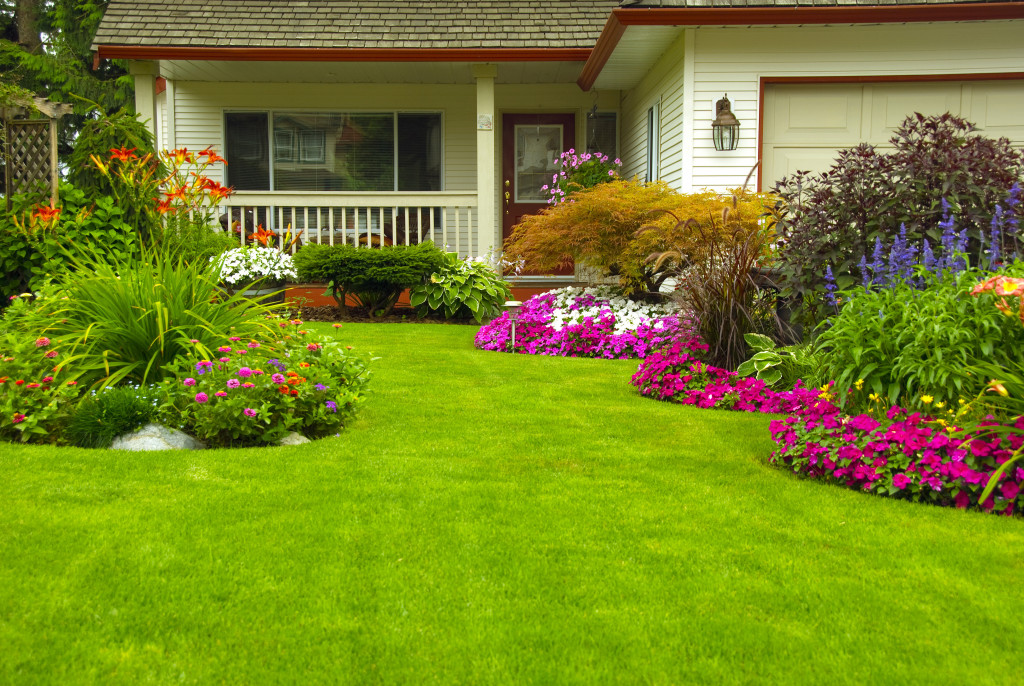- Prioritize natural light to promote a bright and uplifting atmosphere.
- Design for comfort and functionality to create an environment that supports your family’s daily activities.
- Foster connection and gathering spaces to nurture meaningful relationships and strengthen family bonds.
- Invest in landscaping to create a welcoming outdoor space connecting your family and nature.
- Create zones for relaxation and self-care to promote physical, mental, and emotional health.
Creating a family home that promotes well-being is essential for fostering a healthy and harmonious living environment. Your home significantly shapes your family’s overall well-being, happiness, and quality of life. By curating your home with intention and focusing on elements that enhance well-being, you can create a space that nurtures and supports your family’s physical, mental, and emotional health. This guide will provide five valuable tips for curating a family home for well-being.
1. Prioritize Natural Light
Natural light profoundly impacts your well-being, affecting your mood, productivity, and overall health. Maximize the natural light in your home by keeping windows unobstructed and using light-colored curtains or blinds that allow light to filter through. Consider incorporating skylights or larger windows to bring more natural light into darker areas. Additionally, arrange furniture and decor to allow light to flow freely throughout the space. By prioritizing natural light, you can create a bright and uplifting atmosphere in your home.
2. Design for Comfort and Functionality

A comfortable and functional home promotes relaxation and ease, supporting your family’s well-being. When designing your living spaces, consider the needs and activities of each family member. Choose furniture and decor that provide comfort and ergonomic support. Create functional storage solutions to keep your home organized and clutter-free. Ensure that each room serves its intended purpose, whether it’s a designated play area for children, a cozy reading nook, or a productive workspace. By designing your home with comfort and functionality in mind, you create an environment that supports your family’s daily activities and fosters a sense of well-being.
3. Foster Connection and Gathering Spaces
A family home should provide ample opportunities for connection and quality time together. Designate areas in your home that encourage social interaction and bonding. Create a cozy family room or living area where everyone can gather for conversations, games, or movie nights. Set up a communal dining space where family meals can be enjoyed together. Consider incorporating comfortable seating arrangements and cozy nooks that invite relaxation and conversation. By fostering connection and gathering spaces, you create an environment that nurtures meaningful relationships and strengthens family bonds.
4. Invest in Your Landscaping

The outdoor space surrounding your home is vital to your family’s well-being. Invest in your landscaping by creating a well-maintained and inviting outdoor environment. Investing in your landscaping creates a welcoming outdoor space that promotes well-being and allows your family to connect with nature.
Here are tips for investing in your landscaping:
Identify Your Landscaping Needs
Before investing in your landscaping, take a moment to think about the type of outdoor space you wish to create. Ask yourself how you want to use the space and what activities or features you need. Consider factors such as sun exposure, privacy, and drainage when deciding what type of plants and hardscapes will work best for you.
Research Plants and Materials
Take time to research plants that will thrive in your climate zone and materials that are both aesthetically pleasing and durable enough to withstand the elements. Look online for ideas or consult with an expert who can help guide your decisions.
Determine a Budget
Establishing a budget for your landscaping project will help you plan and prioritize items. When setting a budget, factor in costs for materials, any necessary tools, plants, or labor. Consider whether hiring a professional landscape designer or contractor to assist with the project would be cost-effective.
Hire a Professional
Hiring a professional arborist can be beneficial when investing in your landscaping. An experienced arborist can provide valuable advice on plants and materials, helping you choose suitable options that meet your needs and budget. They can also help with the installation process, ensuring all elements are installed correctly and safely.
5. Create Zones for Relaxation and Self-Care
In a busy and demanding world, it’s crucial to have dedicated spaces for relaxation and self-care within your home. Designate areas that encourage relaxation, mindfulness, and rejuvenation. Create a cozy corner with comfortable seating and soft lighting where family members can unwind with a book or practice meditation. Set up a spa-like bathroom with soothing colors, scented candles, and luxurious bath products. Consider creating a home gym or exercise area to promote physical well-being. Creating zones for relaxation and self-care provides opportunities for your family members to prioritize their well-being and recharge in the comfort of your home.
In Summary
Curating a family home for well-being involves thoughtful design, intentional choices, and a focus on creating an environment that supports your family’s physical, mental, and emotional health. By prioritizing natural light, designing for comfort and functionality, fostering connection and gathering spaces, investing in your landscaping, and creating zones for relaxation and self-care, you can create a home that nurtures and supports your family’s well-being.

